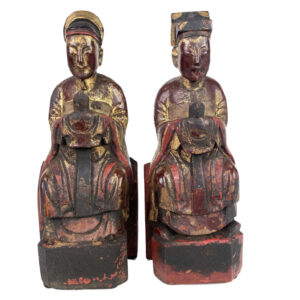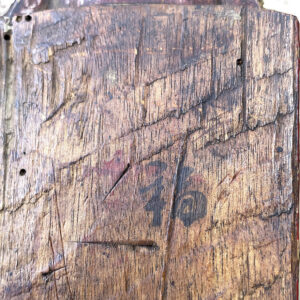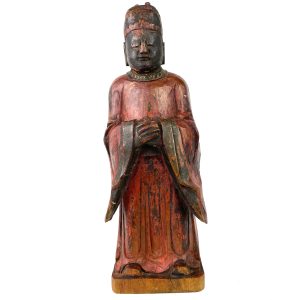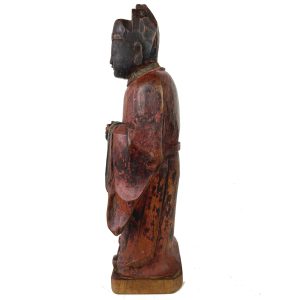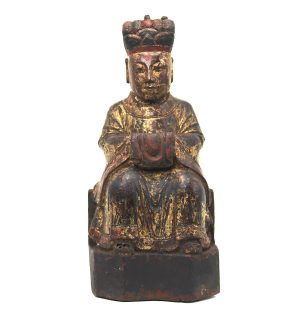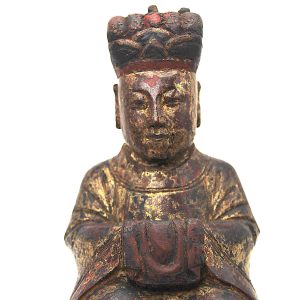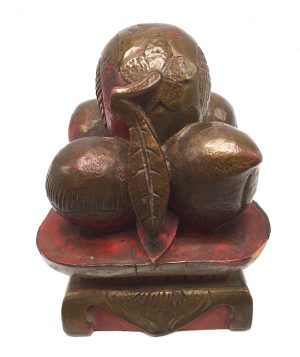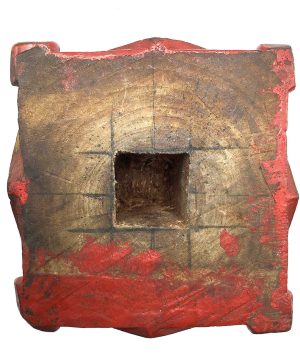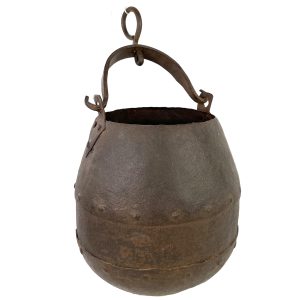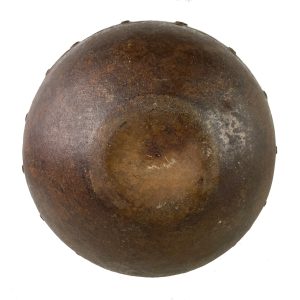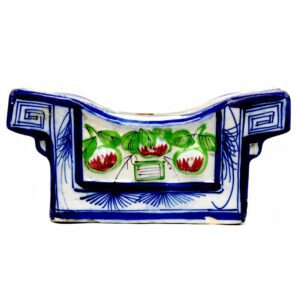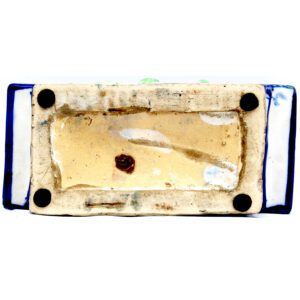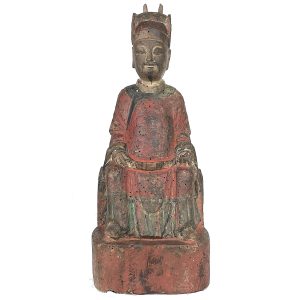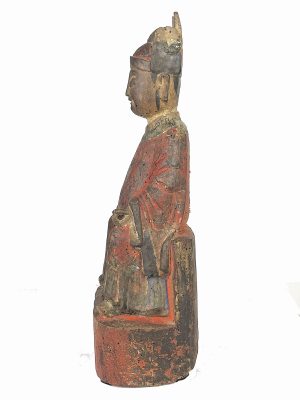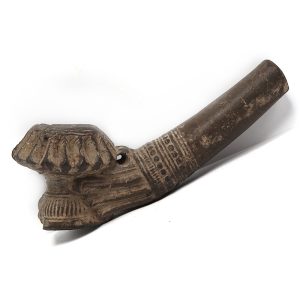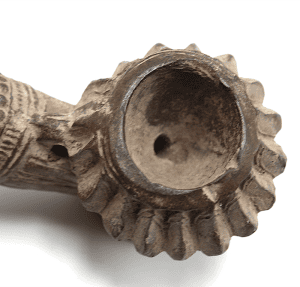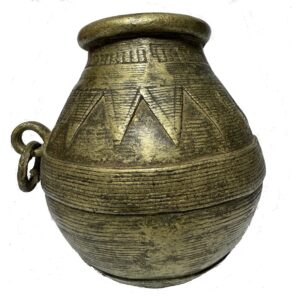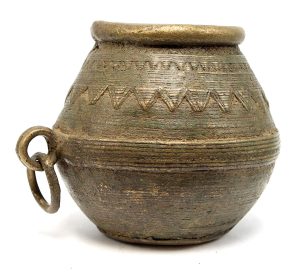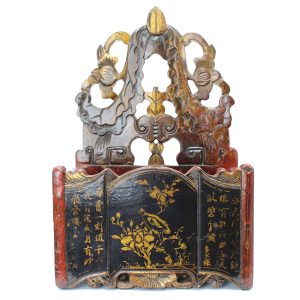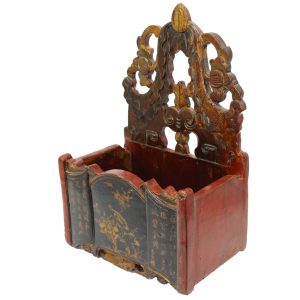Showing 25–36 of 203 results
-
Sale!


$850.00 Original price was: $850.00.$650.00Current price is: $650.00.
H: 7.5″ W: 2.875″ D: 2″ | FREE SHIPPING WITHIN CONTINENTAL U.S.
VA’s most unique and finely crafted Kitchen God couple. Beautifully carved, clasping hu tablets, approachable features, smiling lips. Painted character on base wish for “happiness.” Add positive chi, enhance feng-shui.Unique house warming/wedding gifts.
-
Sale!


$275.00 Original price was: $275.00.$225.00Current price is: $225.00.
Finely carved from dense wood Mazu is the Heavenly Empress on a horseshoe chair, holding official’s girdle, phoenix hat with outstretched wings and cloud collar symbolizing her place in heaven.
-
Sale!


$425.00 Original price was: $425.00.$250.00Current price is: $250.00.
Ht: 8.25″ W: 3″ D: 2.125″ | FREE SHIPPING IN CONTINENTAL US
Ancestor figure portrayed as a civilian official standing on a rectangular base with hands together wearing a long civil official’s robe that extends to his shoes.
-
Sale!


$350.00 Original price was: $350.00.$250.00Current price is: $250.00.
H: 9.25″ W: 4.5″ D: 3.25″ | FREE SHIPPING WITHIN CONTINENTAL U.S.
Taoist official home altar carving painted on front and back with red, gilt and lacquer. Hands under ritual cloth symbolically holding a hu tablet associated with Taoist officials. Taoist were responsible for protecting against evil in this life, Buddhist for souls in next life.
-
Sale!


$225.00 Original price was: $225.00.$155.00Current price is: $155.00.
H: 4.75 ” Dia: 3.675 ” | FREE SHIPPING WITHIN CONTINENTAL U.S.
This carved food offering was an auspicious bed ornament to bring the lucky couple prosperity, health, a long life and many sons as the pomegranate symbolizes fertility, the peaches longevity. Carved offerings were often wedding gifts.
-
Sale!


$150.00 Original price was: $150.00.$85.00Current price is: $85.00.
H: 12.75″ Dia: 7″ | FREE SHIPPING IN CONTINENTAL U.S.
Simple attractive antique welded Indian iron pot with warm rust color patina. Clear lines indicate where pieces were joined in its construction. Egg shape with a rounded bottom for easy pouring, it has a warmth to add charm to any room, especially a kitchen or filled with dried flowers.
-
Sale!


$115.00 Original price was: $115.00.$105.00Current price is: $105.00.
H: 4″ W: 9.5″ D: 4.5 ” | FREE SHIPPING
Multicolored ceramic opium pillow, hand-painted green and red florals, fruits and vases in relief, blue cobalt border. Top and bottom seals to approve for export as antique.
-
Sale!


$395.00 Original price was: $395.00.$295.00Current price is: $295.00.
H: 13.75″ W: 5.25″ D: 4″ | FREE SHIPPING WITHIN CONTINENTAL U.S.
This ancestor figure portrayed as a Chinese civilian official honors the family with his sign of high status. He grasps his official’s belt, his red robes symbolize fu for auspicious blessings. Unlike many serious officials he is approachable, with a smiling face.
-
Sale!


$90.00 Original price was: $90.00.$80.00Current price is: $80.00.
H: 1.875” W: 1.75” D: 4” | FREE SHIPPING within continental us.
Mold made with intricate designs, clay earthen ware tobacco/opium pipes were woven into Burmese and Thai Hill Tribe social and cultural traditions. This is a unique gift a pipe smoker, although for decorative purposes only.
-
Sale!


$165.00 Original price was: $165.00.$125.00Current price is: $125.00.
H: 4.25” Dia: 4” | FREE SHIPPING IN CONTINENTAL U.S.
Dhorka brass lost wax grain and rice measuring bowl. One-of-a-kind intricately decorated with horizontal and triangular striations. Bowls were symbol of Hindu goddess Lakshmi placed on home altars for puja.
-
Sale!

$155.00 Original price was: $155.00.$125.00Current price is: $125.00.
H: 3.875” Dia: 4.125” | FREE SHIPPING IN CNTINENTAL U.S.
Dhorka brass lost wax grain and rice measuring bowl. One-of-a-kind intricately decorated with horizontal and triangular striations. Bowls were symbol of Hindu goddess Lakshmi placed on home altars for puja.
-
Sale!


$350.00 Original price was: $350.00.$295.00Current price is: $295.00.
H: 10.75″ W: 7″ D: 4.5″ | CALL 213-568-3030 OR EMAIL [email protected] FOR SHIPPING.
The auspicious symbols on this charming document holder which are puns for “harmony and unity in marriage” indicate it was it was probably a wedding gift. And would serve that purpose admirably today as a decorative practical accessory and something you won’t find on a wedding registry.
End of content
End of content

